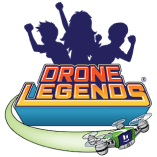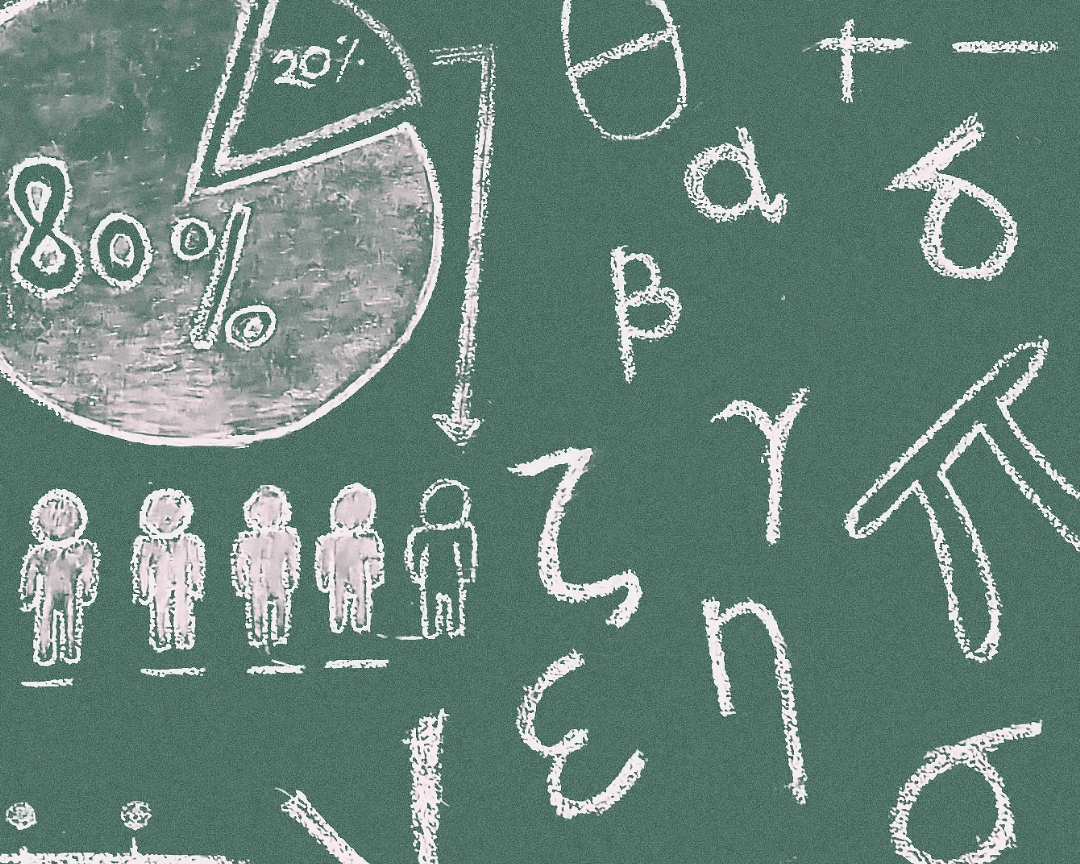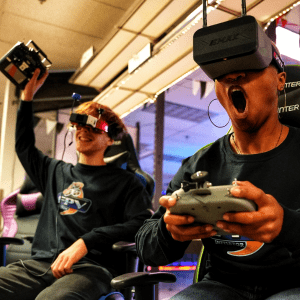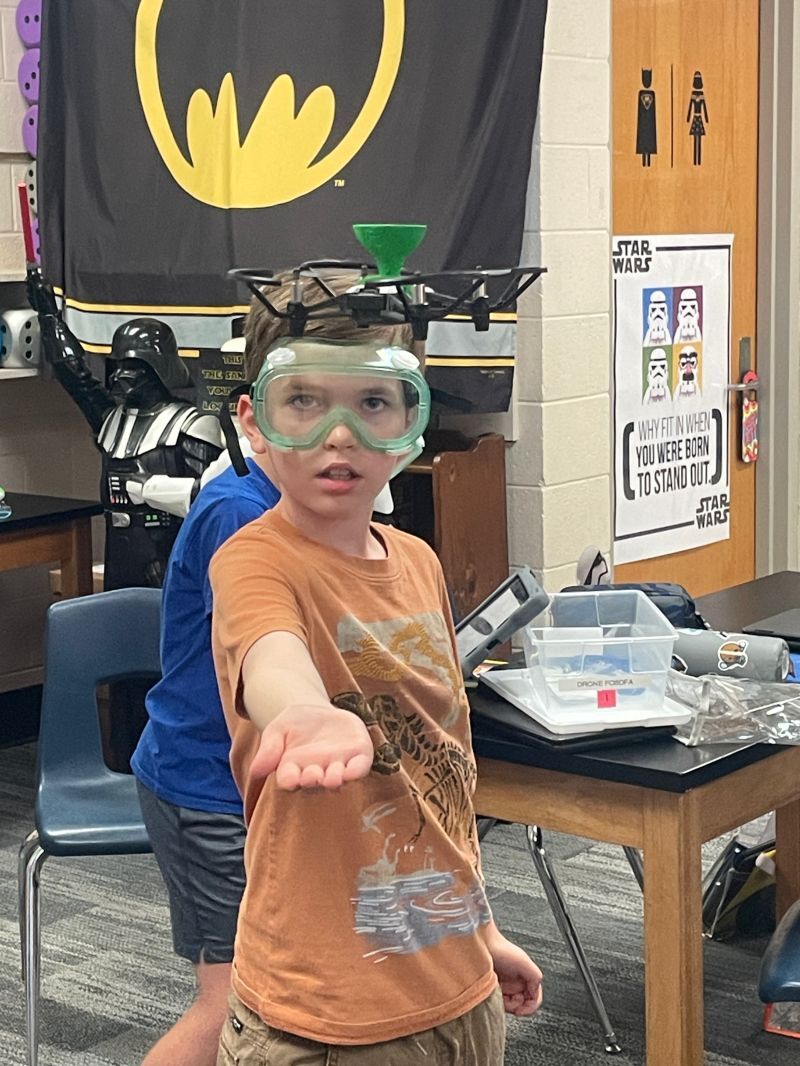Math is critical for drone use in all fields. Unmanned aerial vehicles (UAVs) are used in everything from professional videography to advanced military missions to agriculture.
Drones in math make perfect sense. Drones only operate because of mathematical and physical principles. They can be groundbreaking (and fun) tools teachers use to encourage a love of math in students of all ages.
Want to see how drones can be used in math education? Keep reading for real-life examples.
Drones and Hands-On Learning for Student Engagement in Math
Math is challenging for a lot of students. By middle school, and sometimes even by elementary school, kids challenge their teachers to answer the question, “when will we ever use this stuff in real life?”
Now more than ever, teachers have legitimate reasons to share. Technology in the world today is advancing at a rapid pace. All of it relies on math and related STEM subjects for development, implementation, and troubleshooting.
Maybe math is uninteresting to students because they can’t visualize or experience difficult mathematical concepts in a relatable way. After all, abstract thinking does take some time to develop.
For students and teachers, technologies (like drones) present hands-on ways to see math in action.
Drones in Elementary Math
Teachers can start using drones to supplement classroom curriculum starting as early as Kindergarten and first grade. The great thing about drones for K-5th graders is that they can adapt to pedagogical frameworks as children learn buildable skills— through third grade, fifth grade, and beyond.
There are several excellent uses for drones in elementary math.
- Measurement: Students can practice using a ruler or tape measure to determine the physical length, height, and width of drones. They can also measure the distance of drone paths.
- Fractions: Kids will love watching fractional word problems come alive with drone flight demonstrations. Students explore division, multiplication, and mixed fractions.
- Lines and angles: Drones can help students visualize angles, endpoints, and the X and Y-axis through planning and piloting drone missions.
- Estimation: Kids can practice estimation and verification with drone distance, speed, height, and timelines.
- Weight: Students can differentiate weight and capacity using the U.S. or metric system. See how much weight a drone can hold in flight.
- Area and perimeter: Elementary kids can calculate the perimeter of designated flight zones, the surface area required for a drone landing pad, or the amount of space a drone must have to fly around specific objects.
Want to see drone teaching tips you can use in your classroom? Follow our Pinterest board!
Other elementary-level drone concepts include probability (math and science), data management (math and technology), and team problem solving (STEM and soft skills).
Drones in Middle School Math Projects
Middle school is a great age to introduce drones because students can lose interest in math, or think math is “not their thing.”
Drones can give them a problem-based learning experience in both seeing how the drone works and using the drone as a tool to solve math problems.
Drones have applications for middle schoolers of various math levels:
- Equations and inequalities: Students can use formulas to find appropriate measurements. For example, they calculate how high to fly the drone over a crowd, how fast they can fly a drone in assigned flight patterns, how many feet a drone can fly in each direction, and how many miles of flight a pilot can use on a specific battery allowance.
- Central tendency and variability: Kids learn to find the mean, median, and average speed or distance during drone flight.
- Spatial reasoning: Middle school students can solve basic geometric equations and approach new math vocabulary with realtime, visual applications using drones.
- Pre-algebra and algebra: Students can practice complex linear equations, find the unit rates of drone flight (such as feet per second), and compare their findings with the drone manufacturer’s specifications.
- Unit measurement conversion: Students can practice using drones in global metric measurements, such as converting kilometers to miles and meters to feet.
More advanced middle school concepts that are relevant to drones include statistics, modeling, and 3D geography.
Related: Check out this post on Why We Should Be Teaching STEM With Drones to Fourth and Fifth Graders
Drones in High School Math and Calculus
Using drones in high school math lets students experience STEM in new ways. It also introduces teens to overlapping industries, skills, and real-world opportunities they might want to consider when pursuing higher education or a career.
There are many ways to use drone technology in math during high school education. Here are some examples:
- Geometry: Students can calculate the area of a drone fly zone, obstacle course, or outdoor area; calculate vertical distances and speeds of advanced flight patterns.
- Physics: High schoolers can equate orbital missions around objects or locations; estimate and compare vertical arcs; calculate power-to-weight ratios; measure the impact each function of a drone has on flight (yaw, roll, pitch).
- Trigonometry: Students can establish drone flight maps; calculate and navigate drones from one landmark to another; calculate and prevent drone interferences; integrate satellite system navigation.
- Calculus: Students can locate a “missing” drone from its most recent coordinates; design and pilot programmed drone routes; determine start and end points for critical drone missions.
- Photogrammetry: Students can capture drone photographs and analyze sets of images to obtain 2D and 3D information, such as the distance between two points.
Eager learners can also use drones as a stepping stone for pursuing subjects like coding, aviation, cartography, and business.
Drones in Math: Drone Curriculum From DL!
Drones in math presents a huge opportunity for this discipline to get the center stage.
Drones can influence how kids learn and think about math, plus open students up to learning from experts in related fields.
Remember: the purpose of using drones in math is to take what students learn conceptually and apply it to solve real-world problems. If you’re a math teacher, consider how you can demonstrate drones at your students’ grade level in ways that interest them.
Want to teach math using drones but need help getting started?
At Drone Legends, we know how exciting it can be to spread the love of STEM subjects to future generations. This is why we support educators like you with the tools and community you need.
Click here to download the overview of our drone curriculum today




